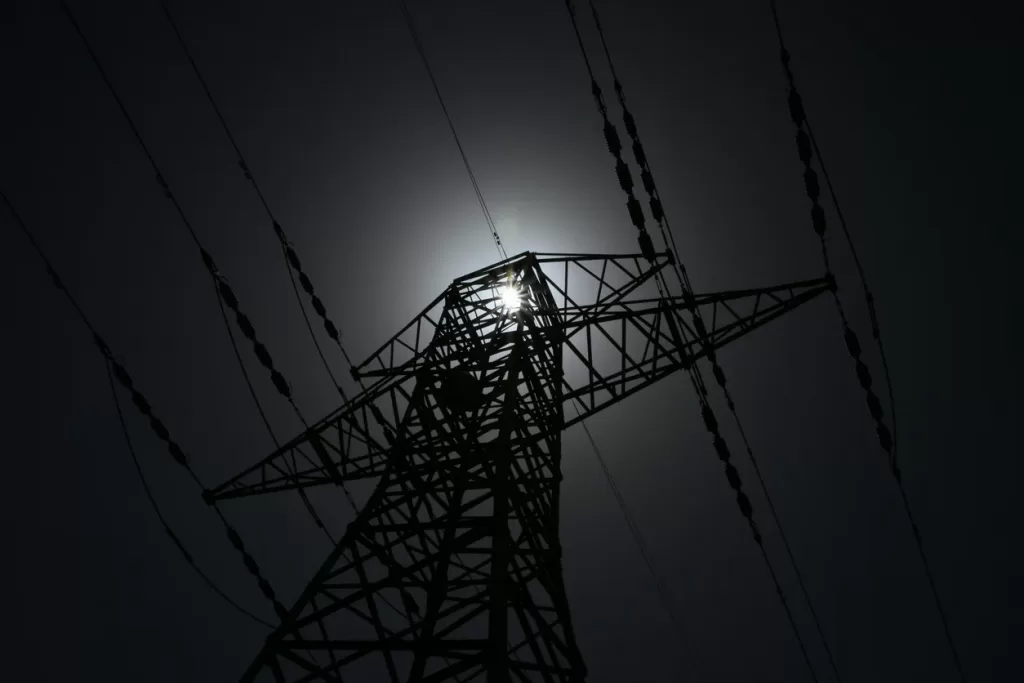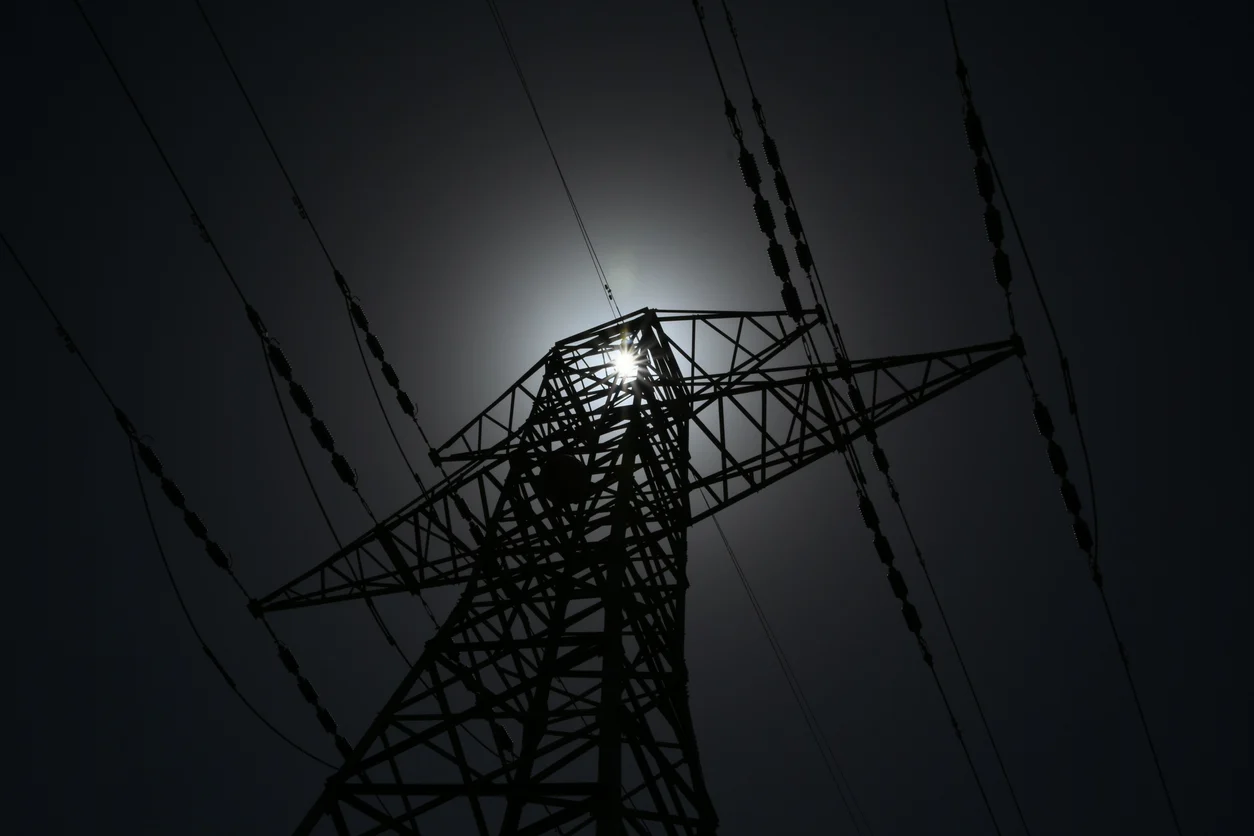
tzahiV/iStock
The Sixth Basic Energy Plan is scheduled to be approved by the Cabinet at the end of September. There has been a lot of criticism of it, and the recommendations of the Cabinet Office’s Renewable Energy Regulatory Review Task Force submitted to the Basic Policy Subcommittee of the Comprehensive Energy Research Committee came under heavy fire from committee members, who said it was full of mistakes.
Mr. EijiHara of the Renewable Energy TF has responded to this, but it is not a rebuttal, just labeling the criticism as “labeling.
Free riders who do not bear the cost of stable supply
The proposal of the Renewable Energy TF says that the future supply of electricity should be “renewable energy first” and that “the target of 36-38% renewable energy in 2030 is low. To achieve this, they are demanding “rules that favor renewable energy,” including priority power supply to renewable energy, mandatory residential solar equipment, and compensation for output curtailment.
Keigo Akimoto of RITE criticized this proposal, saying that it is a misrepresentation of the facts. The following points are particularly pertinent.
If one argues that renewable energy is inexpensive and has abundant potential, then there is no need for renewable energy policy, but the argument is inconsistent. The same is true of the argument for freezing the capacity market, which has been strongly criticized for the spot market surge in January 2021, yet the capacity market should be frozen. There is little scientific consistency.
Hara says, “There are 280,000 hectares of abandoned and abandoned farmland in Japan. There is a potential of 230 GW if solar energy is introduced here. The potential for solar power on residential roofs is 210 GW,” etc. They claim that renewable energy is cheap and abundant, but then there is no need for government support.
They claim that “renewable energy is cheaper than thermal power or nuclear power,” but if that is the case, there is no need to subsidize it through FIT (Feed-in Tariff). If there is free competition in the market, 100% of the electricity generated from renewable energy sources will be used.
What to do about the tight-rope power supply?
As Mr. Hara says, the figures of the Energy Base do not add up, so the electricity supply will never reach 100%. There are no more suitable sites for renewable energy, so if we continue to “decarbonize,” we will only see less coal-fired power and more LNG-fired power. And when the price of LNG goes up, we will have a major blackout crisis like we had earlier this year.
Japan’s electricity supply is still on a tightrope as old coal-fired power plants are closed and nuclear power plants cannot run. The Ministry of Economy, Trade and Industry (METI) has called for caution, saying that although the country managed to get through this summer, it will be tight again this winter.
However, the Renewable Energy Task Force (RENETF) has set up a “principle of flexibility,” saying that renewable energy should be given priority and that thermal and nuclear power, which are base load sources, should be reduced. This flexibility means that power output can fluctuate depending on the weather. There is no such thing as flexibility in power supply, where a stable supply is the supreme order. The instability of power sources is a negative factor, and thermal power and nuclear power supplement it.
However, the renewable energy providers who are taking advantage of this do not recognize the value of stability in power supply. The following statement from the Renewable Energy TF’s rebuttal drew the ire of the power industry
With regard to the integration cost of renewable energy, yesterday’s Cost Verification WG called it “the integration cost of renewable energy” and included “the cost of thermal power backup,” which is originally the cost of thermal power generation projects and is incurred whether or not renewable energy is included. In other words, even if thermal power generation loses business opportunities due to the increase of renewable energy, it is not an additional cost, but a fixed cost that cannot be recovered, as it is a loss for power generation companies that have already invested in thermal power generation.
Renewable energy takes the profits and puts the losses on the power companies.
They say that the losses of major power companies that cover the fluctuations of renewable energy should not be included in the “integration cost. When the weather is good and the power companies are profitable, the new power companies (renewable energy) will make money and the power companies will shut down their thermal power plants. When the weather turns bad, the new power companies will buy electricity from the power companies, but they will not pay for the damage caused by the shutdown of thermal power. This is an attempt to induce profits to the new power companies under the guise of regulatory reform.
It is not as if Mr. Hara does not know the meaning of LCOE (equalized cost of generation). This is (fixed cost + variable cost) / total power generation, so if the denominator, total power generation, decreases, the cost increases. For example, if the operating rate of thermal power plants were to drop to 50% in favor of renewable energy, the cost would double, and unprofitable power plants would be scrapped.
Will the new power companies then build power plants to back them up? Or will they just let the power go out when the weather turns bad? The capacity market was established to guarantee such a stable supply, but Minister Kono and the Renewable Energy Task Force are opposed to it, saying that it will increase the burden on new power producers.
The truth is that the cost of renewable energy is high. Japan already has the world’s largest amount of renewable energy generation per area, and there are no more suitable sites left. RITE’s calculations show that the cost of electricity to achieve carbon neutrality by prioritizing renewable energy would double if the integration costs of energy storage, transmission and backup are factored in.
If base-load power sources such as thermal power and nuclear power are reduced in the future, power outages will become more frequent. That is the cost of making electricity supply more efficient through deregulation. The cost of electricity will double, and automakers and steelmakers will leave countries with unstable electricity supplies, resulting in job losses but reduced CO2 emissions. This is the shortest way for Japan to “decarbonize.









Comments